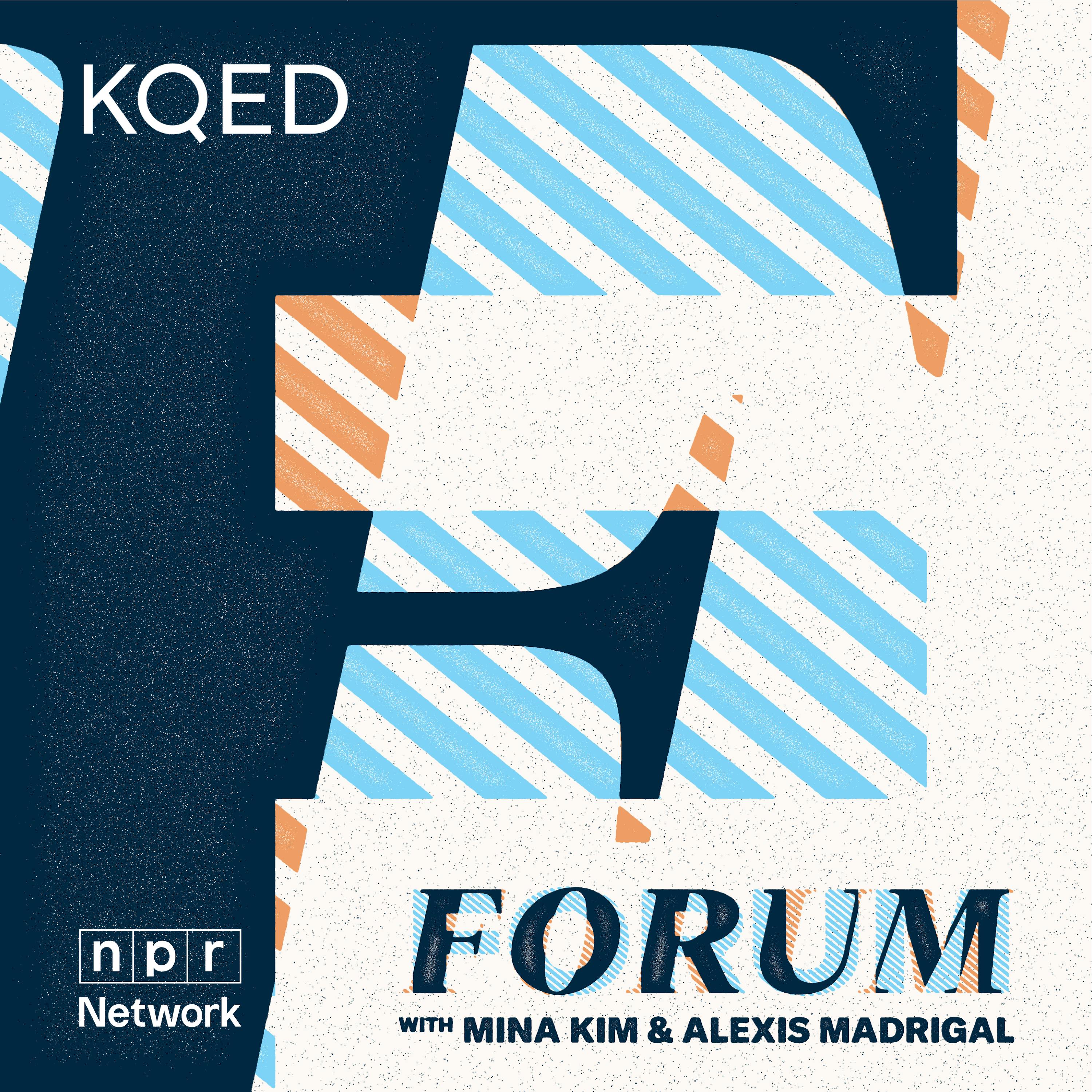
The Controversial History of the Coit Tower Murals

KQED's Forum
Deep Dive
What is the significance of the Coit Tower murals in San Francisco?
The Coit Tower murals are significant as they depict life in the Bay Area during the 1930s, showcasing industry, agriculture, city life, recreation, and home life. Created as part of the New Deal's Public Works of Art Project, they were among the first large-scale public art programs in the U.S. The murals are also notable for their bold, colorful fresco style influenced by Diego Rivera, making them a landmark in San Francisco's cultural and political history.
Why were the Coit Tower murals controversial?
The murals sparked controversy due to their perceived pro-Communist imagery, such as the inclusion of a hammer and sickle and the slogan 'Workers of the World Unite.' These elements led to debates over the value of public art and political messaging. The controversy delayed the tower's opening, and some murals were censored or altered to remove overt political symbols.
How did Diego Rivera influence the Coit Tower murals?
Diego Rivera's bold, colorful fresco style, which depicted ordinary people and everyday life, heavily influenced the Coit Tower murals. Many of the artists involved had worked with Rivera or studied his techniques. His murals in San Francisco, such as those at the Stock Exchange Tower and the California School of Fine Arts, served as direct inspiration for the Coit Tower artists.
What was the role of the New Deal in creating the Coit Tower murals?
The Coit Tower murals were part of the New Deal's Public Works of Art Project, which aimed to provide employment to artists during the Great Depression. The project sought to democratize art by making it accessible to the public and depicting the 'American scene.' The murals were completed in a short timeframe, with most finished by April 1934, and served as a prototype for later New Deal art programs.
What challenges did the artists face in creating the Coit Tower murals?
The artists faced several challenges, including the technical complexity of fresco painting, which required working on wet plaster and completing sections quickly before the plaster dried. They also had to harmonize their individual styles to create a cohesive work. Additionally, political controversies over the murals' content led to censorship and delays in the tower's opening.
What is the history of Coit Tower itself?
Coit Tower was built in 1933 as a memorial to Lillie Hitchcock Coit, a wealthy San Franciscan who left money to beautify the city. Contrary to popular belief, it is not a monument to firefighters, though Coit was known for her support of volunteer firemen. The tower was designed by architect Arthur Brown Jr. and stands on Telegraph Hill, offering panoramic views of San Francisco.
How did the Coit Tower murals reflect the social and political climate of the 1930s?
The murals reflected the social and political climate of the 1930s by depicting themes such as labor strikes, homelessness, and the impact of the Great Depression. They also included references to contemporary events, like newspaper headlines about the New Deal and global conflicts. The murals' focus on everyday life and working-class struggles aligned with the era's left-leaning political movements.
What other public art projects were created by the Coit Tower artists?
The Coit Tower artists went on to create about 100 other New Deal art projects, including murals in post offices, schools, and public buildings. Notable examples include the Beach Chalet murals, George Washington High School's art collection, and the Maritime Museum's works. These projects helped establish public art as a significant cultural force in the U.S.
How were women involved in the creation of the Coit Tower murals?
Women played a significant role in the Coit Tower murals, marking one of the first instances of women working in fresco on such a large scale. Maxine Albro, one of the female artists, had previously worked on private fresco commissions and studied Diego Rivera's techniques in Mexico. The New Deal art programs provided opportunities for women to participate in public art projects, which had previously been dominated by men.
What is the current state of the Coit Tower murals?
The Coit Tower murals remain a popular tourist attraction and are open to the public daily. Over the years, they have undergone restoration to address damage, such as carved initials and fading. The murals continue to be celebrated for their historical and artistic significance, offering a vivid snapshot of life in 1930s San Francisco.
- Coit Tower is a major San Francisco landmark.
- The murals depict life in the Bay Area during the 1930s.
- The murals were created as part of the New Deal programs.
Shownotes Transcript
The murals inside of San Francisco’s Coit Tower are a popular tourist destination, but have been a source of contention from their inception. In his new book, “The Coit Tower Murals: New Deal Art and Political Controversy in San Francisco,” San Francisco State professor Robert Cherny chronicles the history of the murals, which were painted in the style of Diego Rivera and depict life in the Bay Area during the 1930s. They were created as part of the New Deal programs that supporting artists following the Great Depression. But controversies sprang up over the murals’ perceived pro-Communist imagery and the value of public art. We’ll talk with Cherny about the murals and their legacy.
Guests:
**Robert Cherny, **professor emeritus of history, San Francisco State University; author of "The Coit Tower Murals: New Deal Art and Political Controversy in San Francisco"